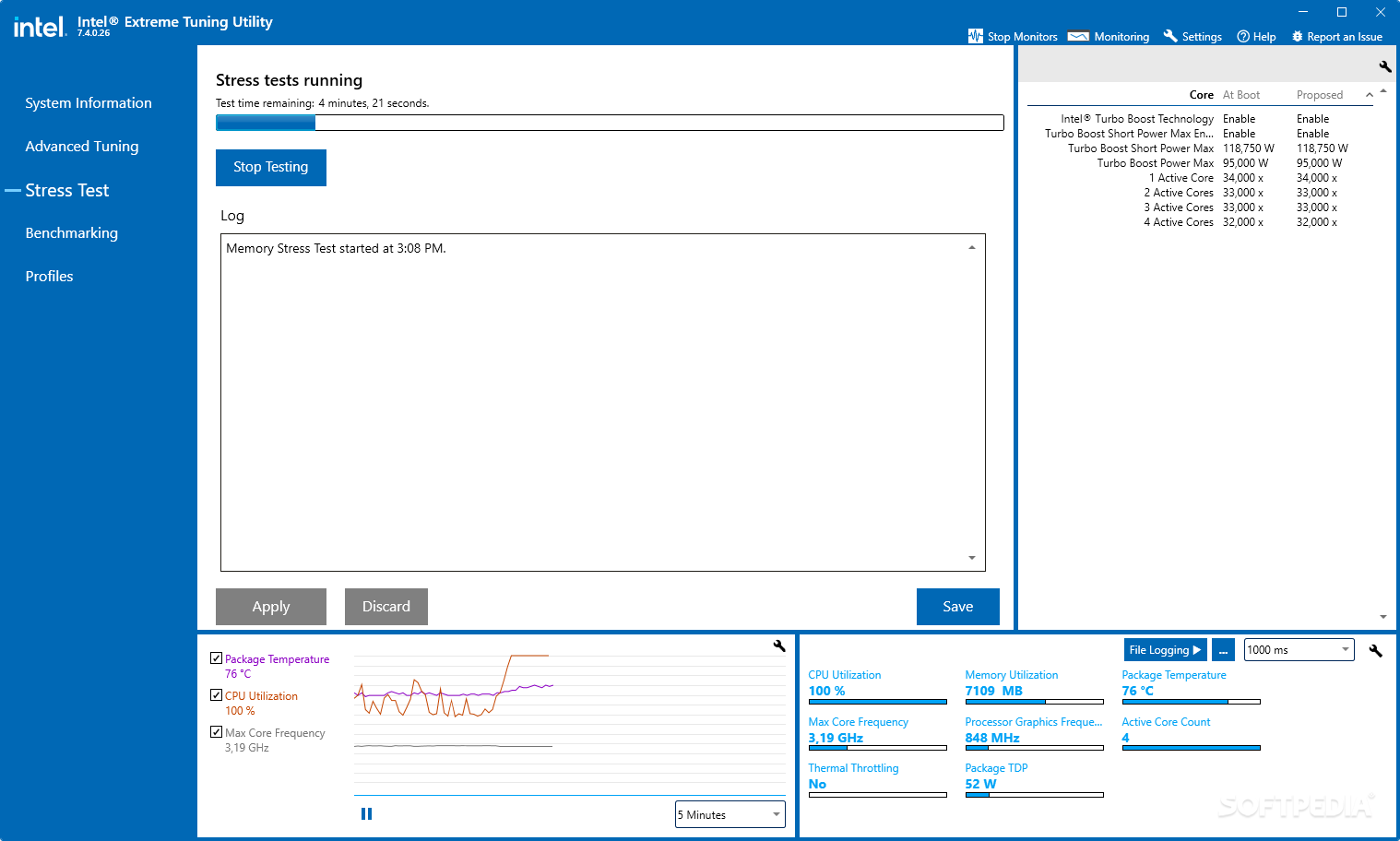

Multipliers or “core multipliers.” There is a single multiplier for each CPU core.This is the base frequency of your CPU, usually measured in GHz. The CPU frequency is determined by three factors: Because the processor’s frequency heavily impacts the effective computational speed of the CPU, the ultimate goal is to increase the frequency of the CPU in order to achieve faster performance.

In order to overclock a processor, the overclocker intentionally increases the CPU operation frequency above the original stock specifications. Otherwise, we’re going to start with the basics and walk you through what you need to know to start overclocking your CPU.Īltering clock frequency or voltage may void any product warranties and reduce stability, security, performance, and life of the processor and other components. You can also learn how to use Intel® Performance Maximizer (Intel® PM) overclocking software to automatically complete this process for you if you have the latest Gen Intel® Core™ processor. If you’re looking for a more hands on, customizable approach, you can read about how to achieve a manual overclock using BIOS here. This all-in-one software does most of the heavy lifting for you, and allows for a streamlined overclocking process that is perfect for first timers. The first, and easiest, involves using Intel® Extreme Tuning Utility (Intel® XTU). We’ve provided detailed instructions on two popular overclocking methods. We’re going to cover the basics of what overclocking is, how it works, and a few ways you can safely do it yourself.

The process might seem complex, but the fundamentals of how to overclock are actually pretty straightforward. Overclocking your CPU is a great way to extract even more performance from your hardware.


 0 kommentar(er)
0 kommentar(er)
